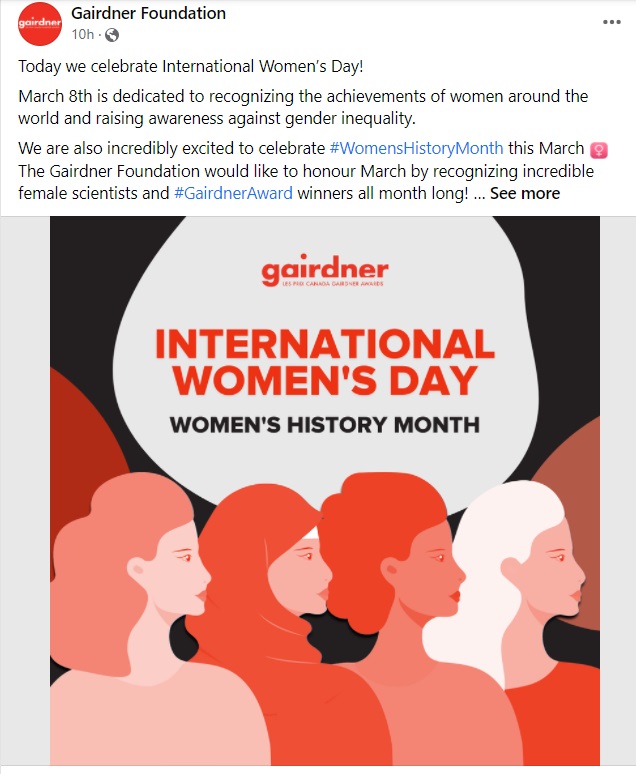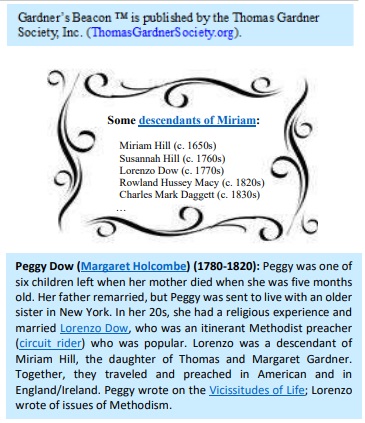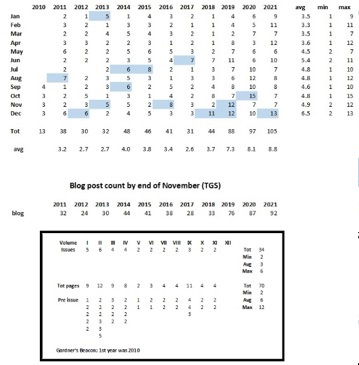
Women’s History Month
There has been an International Women’s Day for quite some time. The first observance was in 1909 in New York. The U.S. celebration of Women’s History Week started in 1978 in Sonoma County of California. The idea spread across the country. President Carter made a declaration in 1980 that the week of March 8th was National Women’s History Week. U.S. Congress designated in 1987 that March was the national Women’s History Month. This year, we have several posts related to this theme of March. Two posts dealt with women in academia. Drew Gilpin Faust was the first female head of Harvard. She attended Bryn Mawr, a Quaker founded college for women. Born in the Virginia, she had many New England connections. A recent arrival was a professor of mathematics at Bryn Mawr. Emmy Noether brought a rich background in modern approaches in mathematics that support science and technology. Many organizations now are making this theme an active part of their organization’s work.
For an example of an organization choosing a focus and help others excel in their research, we can consider the Gairdner Foundation which has been in existence since the 1950s. In 2022, they are offering a special award to a prominent woman researcher. The recipient of this award will become known in early April.

Reference links
The last issue of Gardner’s Beacon (Vol. XI, No. 2) covered some of the just mentioned themes. Following that issue, we have been updating the prior issues to introduce links. The post (Structure and GB) contains a list of all Gardner’s Beacon issues with links to those that have been updated. Within each of the issues we are embedding a link to the blog post in order to allow easy traversing in support of research and publication.
For more information or to provide support, visit our main portal: https://TGSoc.org/.

General topics
The main threads for work are always reported via the blog with posts that are modified to point to newer information along the way and that are gathered by topic occasionally. Another organizing scheme is the page where structure predominates as opposed to the fluidity of posts through time. An example is the page for The Massachusetts Magazine where links to eleven years of publishing provide a means to lift that work from a century ago into a modern context. Another is the Descendants page that lists the children of Thomas and Margaret and points to a related post that provides more information. WikiTree is the current focus for reporting this type of research.
A report in the recent issue of the NEHGS provided more information about John Tilley. He was at Cape Ann with Thomas and Margaret. When the group followed Conant to Naumkeag (early Salem), John returned to England, got married, and returned. A probable child is mentioned. Along that line, we have mentioned discussion about who was the first Governor. There had been some quarreling about this in the middle of the 1800s. Dr. Frank reported that one opinion was that it had been Thomas Gardner. Many point to Roger Conant. Of course, John Endicott is on the list, too. Turns out that Rev. John White had appointed someone to this position back in the day. We will look further into that.
We looked further at a couple of other themes from the past. We had looked at Col. T.W. Higginson earlier due to his involvement with The Massachusetts Magazine and the Old Planters Society. He was also part of the Secret Six who supported John Brown. We looked further at The Downings, in-laws of Joseph Gardner via his wife, Ann Downing. Ann’s brother, George, was in the first class of Harvard, the majority of whom went back to England after graduation. Patriot/Loyalist (Rebel/Tory) will be a continuing theme for us as it is in England.
We have had a few posts about Canada and will be offering more. Our work in the frontier touched upon Canadian influence. For instance, the story of the Resolute mentions friction between Canada and the U.S. We forget how hearty are the requirements of the environment. It took until later in the 1800s to work out the western border. From that area, there was regular traffic back to the Hudson Bay through a grinding bit of travel. Going from the Pacific to Hudson Bay is daunting, even today.
Our challenges
Our mission was established in 2010 and further described during the activities involved with Incorporation in May of 2014. A large part of our effort is research for which we have created Gardner Research which has coordinated the work of doing studies and writing about such. Our efforts have tackled queries received from a lot of sources, including Gardner families and have received acknowledgements. An example is this one via The American Genealogist: Gardner Research citation. There are open issues outlined in our FAQ that will get continual attention.
Something that was on the backburner will be brought forward. Besides usual activities of Gardner Research and support for work by others, we have a forward looking emphasis dealing with technology and its challenges (Current challenge). Of particular interest now is artificial intelligence, but the focus is much broader, especially when one considers the history of the U.S. and what the 400 years from the colony to now offers.
On continuing theme along with the History of Harvard with respect to U.S. history, starting with Weymouth, MA this year (2022), we have a regular flow of communities looking at their start. Gloucester is next in 2023. The post on Weymouth provides links to several sites that deal with history. One little tidbit is that Abigail Adams was born in a house that was built by an ancestor of Samuel Torrey who studied and wrote about Massachusetts marriages prior to 1700.
We have completed thirty-four issues in eleven volumes since the 25 Sep 2010 start of our newsletter. We just completed a count of the number of issues per year and the total page count and included the table in our Stats graphic that includes activity on our content blog via posts.
In this issue, we continue with the embedded links so that references can be followed. All of our publishing activity will become more integrated where we use different media as necessary. The main portal will be TGSoc.org. There is a lot of work pending of several modes. Right now, the main blog is our focus which can be considered a huge index and disjoint outline for future research and publication.
Of late, we have determined that a focus on technology will provide a proper framework for covering wide range of disciplines needed with any type of information presentation, as technology keeps its incessant manner related to change. There are universals and structured affairs that ought to be our lessons from history and its genealogical portion. The events related to the 250th (Revolution), the 400th (Puritan migration) and the 800th (Magna Carta, technical) are examples of an endless stream that we will see going forward.
—————————————————–
Source: Gardner’s Beacon, Vol XII, No 1
Sponsor: Thomas Gardner Society, Inc.
